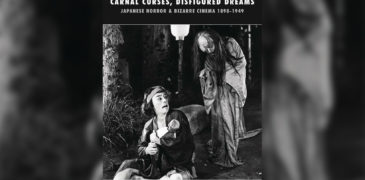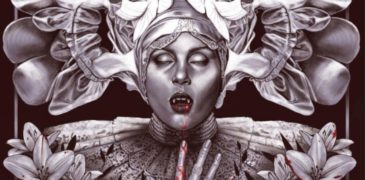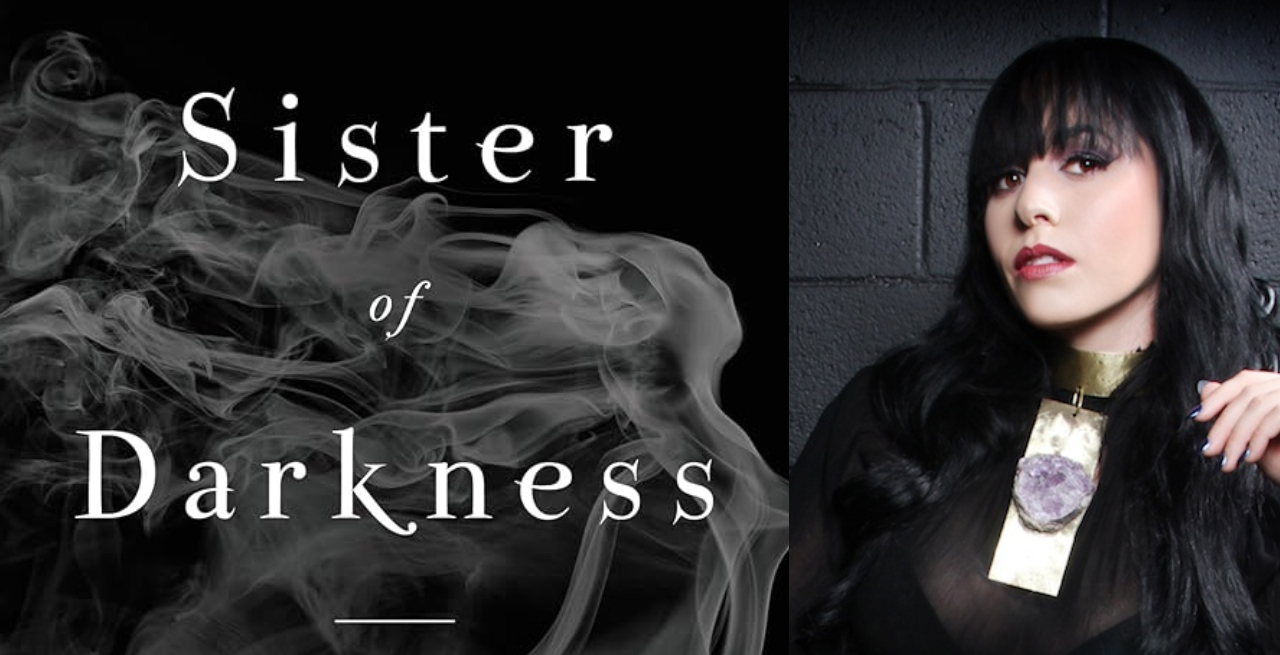
Demonic possession has always fascinated and terrified many. The idea of losing oneself both physically and mentally to an intangible force feels akin to a dreadful disease. However, as depicted in classic films dealing with this subject matter, medicine can’t do much when someone suffers from a spiritual affliction.
That is when the figure of the exorcist appears, casting out the evil force that has attached itself to the soul of a person. Thanks to Hollywood movies, you might be imagining an old and circumspect priest reciting Bible verses while confronting a possessed little girl. But the truth is, exorcism is not exclusive to Catholicism. In fact, many cultures and religions have their own belief systems that acknowledge the idea of possession. Still, have you ever heard about a secular exorcist? Someone who does not align with any traditional religion and has created their belief system about what to do in case of spiritual infestation? Well, if you haven’t and now you are curious about it, you are in luck. R.H. Stavis’s new autobiography, Sister of Darkness: The Chronicles of a Modern Exorcist, will open a door to the world of a woman who devotes her life to releasing various kinds of evils from a long list of clients, some of them too famous to name.
What is Sister of Darkness: The Chronicles of a Modern Exorcist about?
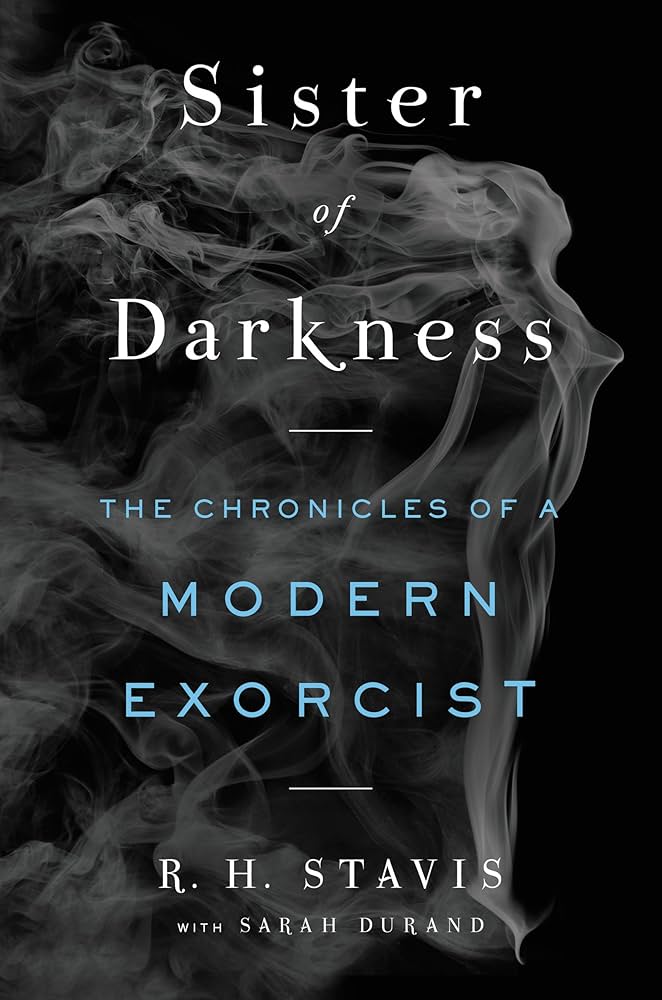
The author, R.H. Stavis, has been capable of seeing supernatural entities since she was a little girl. Whether they were hiding in the corners of her bedroom or attached to friends and loved ones, she grew up scared of them and felt unsupported in her ordeal. Dealing with a narcissistic and dismissive mother did not help either. It wasn’t until adulthood that she decided to embrace her gift and help others.
We are not here to judge if the contents of Stavis’s writing are autobiographical or not. That is something that probably will be always up to debate. However, what is fact is the incredibly candid style of Stavis’s writing as she shares an insight to how she sees the world and tries to make sense of it. Stavis did not grow up in a religious household, so she did not have the language to give a name to what she saw. That’s why she crafted her belief system based on common sense sprinkled with pop culture references.
It’s difficult not to chuckle knowledgeably when she describes what she calls a “terrible entity” as a “Clive,” a reference to a Clive Barker creature. She also tries to evoke book covers and other resources to help us visualize what she sees. It doesn’t matter if you believe what she says. Stavis knows how to make these entities sound scary and convey her feelings when she encounters them.
Her descriptions of how these entities attach to their victims and react when they are exorcised also paint a frightening picture. Whether you like it or not, Stavis and the people behind this work know how to make you feel uneasy, even if you are well-versed in books dealing with demonic possession.
What makes Sister of Darkness: The Chronicles of a Modern Exorcist noteworthy?
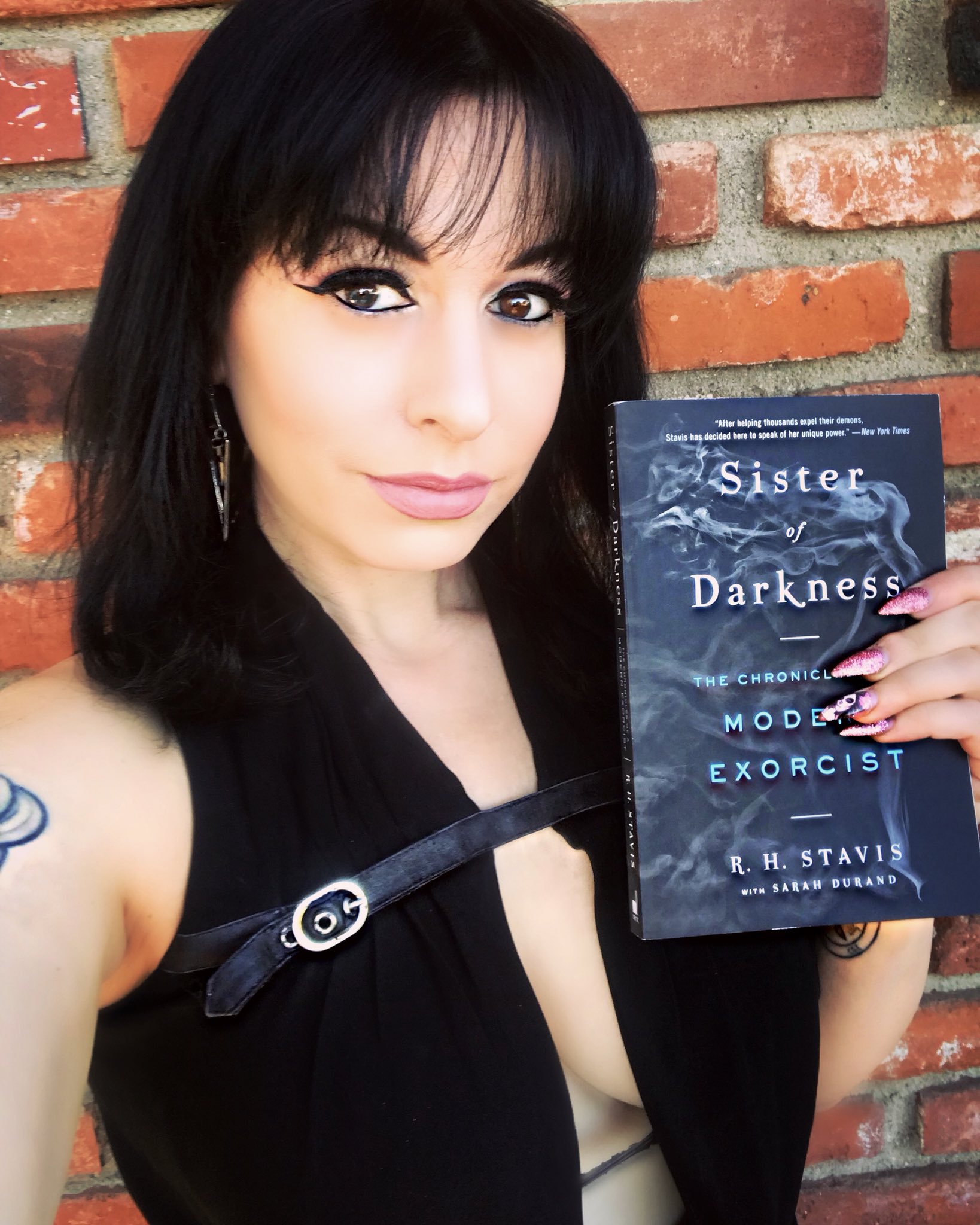
From a literary standpoint, the book makes for an interesting read. Stavis’s voice is candid and comes across as delightfully unapologetic. She sees what she sees, and she is not afraid to share. This attitude imbues her anecdotes with a lighthearted characteristic, making you feel like she is your friend talking about her day. Instead of feeling jarring, it gives the narrative a welcomed lightness.
Unfortunately, this levity can be a bit too much at times (depending on the reader). When Stavis references how spiritual infestation can affect mental health, it might not sit well with some. After all, there is a long history of mental health issues being dismissed as a “spiritual imbalance”. Let’s be clear here, Stavis never engages in this behavior, and if anything, she is very empathetic to whatever ordeal her clients are going through. What we are saying here is that it may feel a bit uncomfortable to read if you still bear the rawness of religious trauma, especially if it involves mental health issues like depression or personality disorders.
Other than that, even if you don’t believe anything that is brought up in the book, this is an engaging read, and, from an anthropological point of view, it is worthy of investigation. As mentioned before, Stavis did not have the language to make sense of what she was perceiving, so she used a variety of sources to take inspiration. Somehow, this mixture of pop culture references and common spiritual knowledge hardly clashes. If anything, it feels like the culmination of contemporary syncretism in terms of religion and culture.
Final Thoughts
Despite any objections, Sister of Darkness: Chronicles of a Modern Exorcist offers a thought-provoking exploration of the human experience with the supernatural, making for a compelling read for those interested in the intersection of spirituality, culture, and the unexplained. Whether you believe the contents or dismiss the concept entirely, numerous people still reach out to Stavis for help with the supernatural, certainly adding a stronger sense of believability. By fearlessly sharing her experiences, Stavis opens a new window into the enigmatic realm of exorcism for us to gain fresh insights, challenge preconceptions, and foster a deeper understanding of the supernatural.
More Book Reviews
Interview with Felix Blackwell, Best Selling Author of Stolen Tongues
Every indie creator hopes to make it big some day, but with limited marketing budgets and the lack of a big publisher/production company backing their projects, success is often a…
Carnal Curses, Disfigured Dreams: Japanese Horror & Bizarre Cinema 1898-1949 (2019) Book Review – A Trove of Lost and Forgotten Japanese Horror
Zombies, vampires, mechanical men, mad scientists, monsters, killer apes, living statues, ghosts, demons – all the iconic figures of bizarre cinema can be found in Japan’s early film output, filtered…
Dark Romantic: Exploring Vampiric Obsession
Stalking the night, with the pallor of a corpse, thirsting for the blood of humans, living amongst the plague-ridden vermin and predatory beasts. Throughout the centuries, they have gone by…
Grimoire of Horror Halloween Season Book Recommendations
As fall approaches, it’s the perfect time to slow down, grab a cup of tea or spiced coffee, a cozy blanket, and settle in with a good read. There aren’t…
Why MY BEST FRIEND’S EXORCISM is One of My Favorite Horror Books
Grady Hendrix is turning out to be a very entertaining voice in the horror lit community, and for me, it’s not hard to see why. With his hybrid of dark…
Millennial Nasties (2024) Book Review – A Look at Genre Defining Horror
In the early 2000s, the horror market was saturated with films of all types as directors looked to find the next big thing. What would horror look like in the…
Hi everyone! I am Javi from the distant land of Santiago, Chile. I grew up watching horror movies on VHS tapes and cable reruns thanks to my cousins. While they kinda moved on from the genre, I am here writing about it almost daily. When I am not doing that, I enjoy reading, drawing, and collecting cute plushies (you have to balance things out. Right?)

